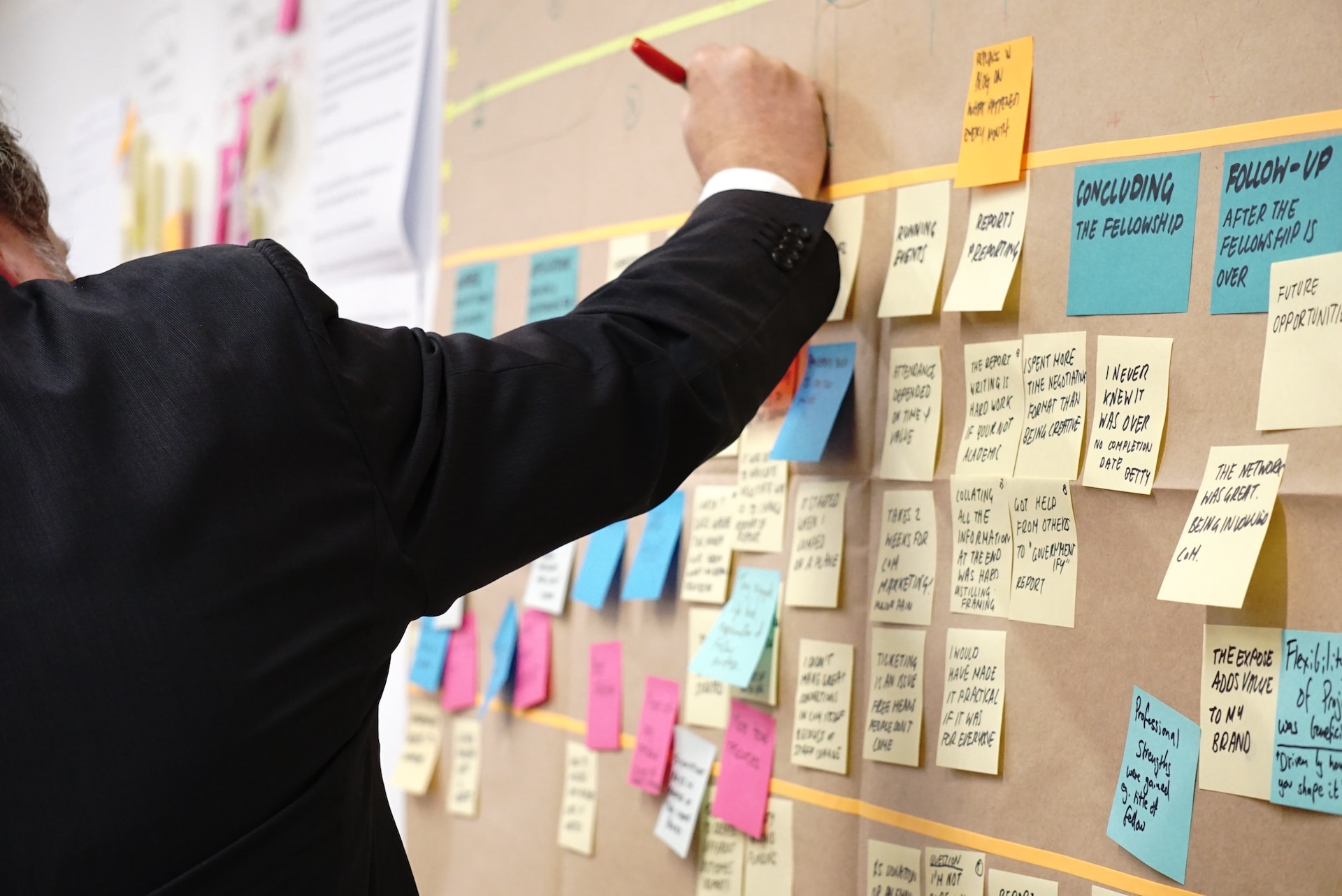What is Lean Product Management
Lean Product Management is a methodology that enables businesses to streamline their
product development process, reduce waste, and bring innovative products to market faster.
This comprehensive guide will explore the core principles of Lean product development and provide actionable strategies for implementing this approach in your organization.
Understanding Lean Product Management
Eliminating waste in the product development process
Continuously delivering value to customers
Iteratively improving products based on customer feedback
Empowering cross-functional teams
By adopting Lean practices, organizations can increase their ability to innovate while reducing the risk of failure and minimizing the time and resources spent on product development.
1. Embrace a Customer-Centric Mindset
A key principle of methodology is
being customer-centric. To build successful products, it's essential to understand the needs, preferences, and pain points of your target customers.
Utilize Customer Feedback
Gather and analyze customer feedback at every stage of the product development process to ensure your product meets your customers' needs. Use tools like surveys, user testing, and interviews to collect customer insights and validate product hypotheses.
Create Customer Personas
Develop detailed
customer personas to help your team empathize with your target audience and guide product development decisions. By creating personas, you can better understand your customers' motivations, needs, and challenges, leading to more effective product design and decision-making.
2. Focus on the Minimum Viable Product (MVP)
The concept of the
Minimum Viable Product (MVP) is a central tenet of Lean product management methodology. An MVP is the simplest version of a product that provides enough value to customers while minimizing the resources spent on development.
Identify Core Features
Iterate and Improve
After launching your MVP, gather customer feedback and iteratively improve your product based on that feedback. By releasing a simple product and iterating on it, you can quickly learn what works and what doesn't, allowing you to pivot and adapt as needed.
3. Build Cross-Functional Teams
Lean methodology encourages the formation of cross-functional teams that bring together individuals with diverse skills and perspectives. By breaking down traditional silos and fostering collaboration, cross-functional teams can more effectively solve problems and deliver value to customers.
Encourage Collaboration
Create an environment that encourages open communication and collaboration among team members. Hold regular stand-up meetings, retrospectives, and brainstorming sessions to ensure everyone is aligned on goals and priorities.
Empower Team Members
Give your team members the autonomy to make decisions and take ownership of their work. Trusting your team to make decisions can lead to increased motivation, creativity, and innovation.
4. Measure Success with Data
Lean product development methodology emphasizes the importance of measuring success with data. By using data-driven decision-making, you can ensure your product development efforts are focused on delivering value to customers and driving business results.
Define Key Performance Indicators (KPIs)
Identify the Key Performance Indicators (KPIs) that are most relevant to your product's success and use them to track progress and inform decision-making. Examples of KPIs might include user engagement, conversion rates, or customer satisfaction scores.
Monitor and Adjust
Regularly monitor your KPIs to assess your product's performance and make data-driven decisions to iterate and improve. By continuously tracking your metrics, you can identify areas for improvement and ensure your product development efforts remain aligned with your customers' needs and your business goals.
5. Streamline the Product Development Process
Efficiency is a core principle of Lean methodology. By streamlining your product development process, you can minimize waste and ensure that your team is focused on high-impact tasks.
Use Kanban Boards
Kanban boards are a visual
project management tool that helps teams prioritize tasks, track progress, and identify bottlenecks in the development process. By using Kanban boards, you can create a more efficient workflow and ensure that your team stays focused on delivering value.
Optimize Meetings
Minimize the number of meetings your team attends and ensure that each meeting has a clear purpose and agenda. This will help your team stay focused on high-impact tasks and avoid unnecessary distractions.
6. Learn from Failure
Lean methodology encourages teams to embrace failure as a learning opportunity. By adopting a growth mindset and learning from setbacks, you can continuously improve your product development process and drive innovation.
Conduct Post-Mortem Reviews
After a project or product launch, hold
post-mortem reviews to analyze what went well and what could be improved. By reflecting on your team's experiences, you can identify opportunities for growth and make meaningful improvements to your product development process.
Foster a Culture of Learning
Wrapping Up
By adopting the principles and strategies of our Lean product playbook, your organization can streamline its product development process, foster a customer-centric mindset, and drive faster innovation.
Maven and their
online classes can help individuals understand and embrace the lean approach to product development, which can lead to improved efficiency, a focus on delivering customer value, and driving business success.




